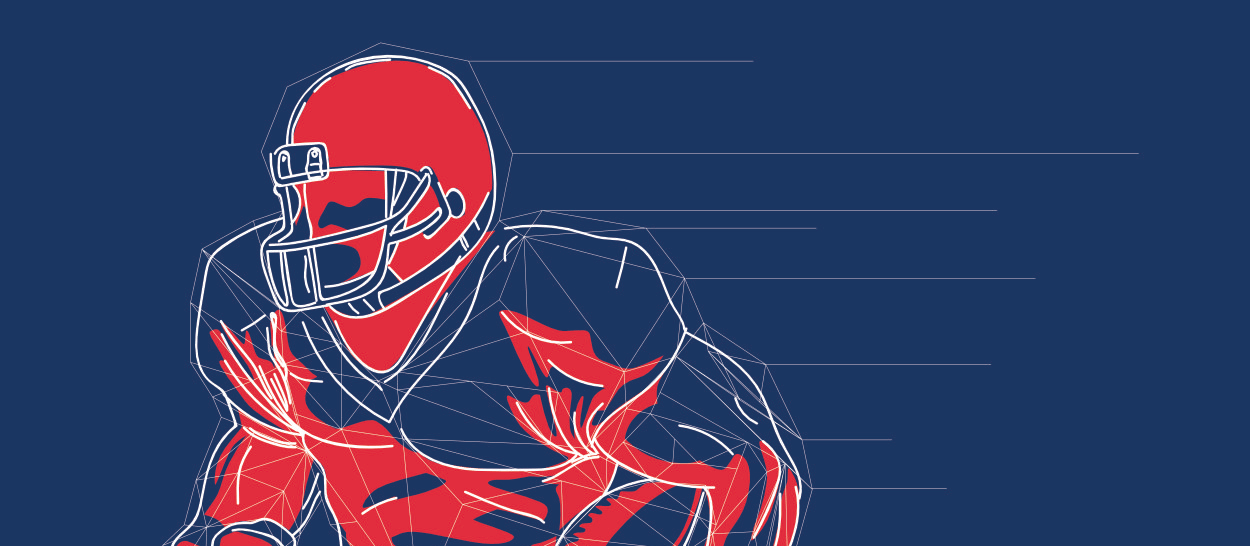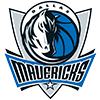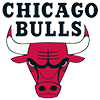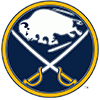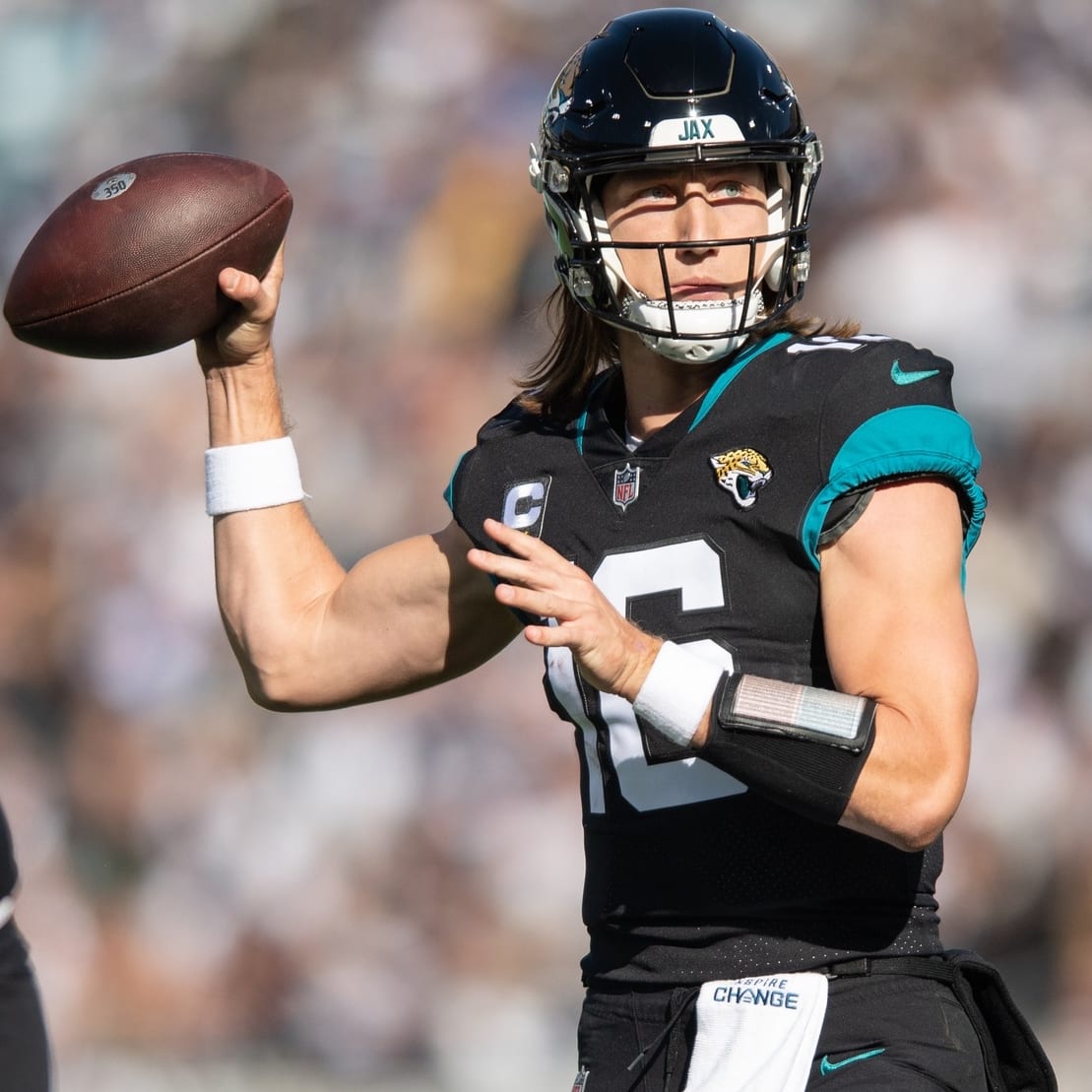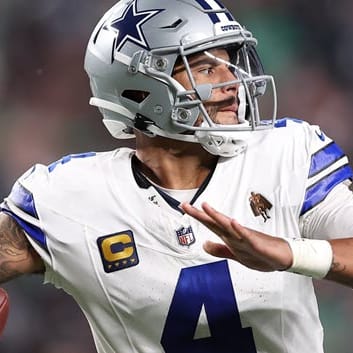In my previous twostrategy columns I focused on why drafting wide receivers early may be ideal and how to put the approach into practice in 12- or 14-team, non-ppr leagues that start one quarterback. Since then I've received a lot of questions whether a wide-receiver-focused strategy is valid for other league types. I've also noticed a trend of heavy wide receiver inflation in expert/high-stakes leagues this season. I'll attempt to answer them below.
I made a lot of arguments for the wide-receiver-focused strategy (largely advocating taking WR with your top-two picks and trying to get two of the top-five WRs), but here's a quick summary of three main points.
a) Top wide receivers remain healthier and are safer than players at other positions. The telling stat is only two of the 30 wide receivers taken with a top-15 overall Average Draft Position (ADP) since 1998 have finished the year as busts (which I define as outside the top 24 at the position).
b) In a snake draft, when you take WRs early you frequently reap the benefits of other teams passing on second- and third-tier RBs and get good values. As a result, if your draft position is in the second half of the first round, the WR-WR strategy typically leads to optimal lineup construction (check out this 2009 study).
c) Because wide receiver production fluctuates week to week - even Calvin Johnson had five games last season where he had fewer than 50 yards receiving (and only caught one touchdown in those games) - it's hard to succeed mixing and matching with lesser options at the position, i.e., it's easy to leave a lot of points on your bench. By taking top WRs, you have the peace of mind of plugging them into your lineups every week and not second guessing your matchups, knowing in the long run you'll get plenty of production from those WR slots.
But how does this strategy work in different formats? Let's take a look:
Leagues With Only Eight or 10 teams
For shallower leagues the wide-receiver-focused strategy still has merit. You'll be taking a safer player and your starting lineup will be less volatile each week. But the opportunity cost of passing on one of the elite options is less severe.
In a 12-team league that starts three WRs, the team that takes a RB or QB early may end up with the lower end of the top 36 WRs in their lineup. With a 10-team league that starts three WRs, that same team now may only be forced to start a WR in the top 30. If your league starts only two wide receivers or has just eight teams, the dropoff is even less. So in smaller leagues I tend to focus more on players with upside regardless of position because there's so much freely available talent on the waiver wire. You don't need a position-focused strategy in that case.
Auctions
The difference with auctions is people who choose to spend resources on RBs don't necessarily miss out on top WRs as in a draft. There's not as much opportunity cost because you have so many options. For instance, someone could take top WRs and top RBs and $1 players elsewhere else. So it really comes down to getting the best values. In RotoWire's 16-team, non-PPR Steak League auction, I planned to buy two top WRs, but only got one because the prices got too high. I then compensated by getting values on mid-tier RBs. In an auction, you can't wed yourself to one single plan if the value isn't there.
PPR Leagues
Standard 12- to 14-team PPR leagues are the ideal format for this strategy. All three of the basic benefits of the plan apply. If you chose to go WR-WR with your first two picks, you will benefit from the opportunity cost other incur when going with a RB or QB early. In fact taking the WR-heavy path instead of a RB- or QB-heavy path is even better in PPR formats, based on the data since 2006. In 12-team PPR leagues that started 3 WRs, 2 RBs, 1 QB and 1 TE, the top WRs were worth more, while middle-round running backs, those available to the WR-WR drafter, retained more of their value. And late round receiver values fell even more sharply. Optimal lineup construction in PPR leagues therefore would be a combination of WRs early and RBs in the middle rounds.
| POS | ADP | Total VBD | Avg. VBD | Players | Bust | Bust Percentage | Standard ADP | Standard Bust % | PPR/Standard VBD | ||
| QB | Top 5 | -107.5 | -35.82 | 3 | 1 | 0.33 | -36.15 | 33% | 101% | ||
| QB | Top 15 | 981 | 54.51 | 18 | 2 | 0.11 | 49.04 | 15% | 90% | ||
| QB | Top 25 | 1738 | 57.93 | 30 | 3 | 0.1 | 57.95 | 12% | 100% | ||
| QB | Top 50 | 1331 | 24.21 | 55 | 17 | 0.31 | 25.47 | 32% | 105% | ||
| QB | Top 75 | -591 | -6.79 | 87 | 37 | 0.43 | -3.34 | 42% | 49% | ||
| WR | Top 5 | 0 | |||||||||
| WR | Top 15 | 603 | 50.25 | 12 | 4 | 0.33 | 71.84 | 15% | 143% | ||
| WR | Top 25 | 3516 | 78.14 | 45 | 6 | 0.13 | 63.57 | 12% | 81% | ||
| WR | Top 50 | 7557 | 58.13 | 130 | 25 | 0.19 | 39.76 | 21% | 68% | ||
| WR | Top 75 | 6624 | 30.95 | 214 | 69 | 0.32 | 22.33 | 34% | 72% | ||
| RB | Top 5 | 2017 | 96.05 | 21 | 3 | 0.14 | 78.58 | 13% | 82% | ||
| RB | Top 15 | 3973 | 61.13 | 65 | 16 | 0.25 | 48.88 | 28% | 80% | ||
| RB | Top 25 | 4459 | 45.96 | 97 | 30 | 0.31 | 38.54 | 34% | 84% | ||
| RB | Top 50 | 4056 | 24.88 | 163 | 63 | 0.39 | 22.11 | 40% | 89% | ||
| RB | Top 75 | 2104 | 9.35 | 225 | 103 | 0.46 | 9.98 | 46% | 107% | ||
| TE | Top 15 | 0 | |||||||||
| TE | Top 25 | 102 | 50.9 | 2 | 0 | 0 | 67.13 | 0% | 132% | ||
| TE | Top 50 | 289 | 19.27 | 15 | 4 | 0.27 | 20.97 | 29% | 109% | ||
| TE | Top 75 | 487 | 11.88 | 41 | 15 | 0.37 | 12.47 | 35% | 105% | ||
| K | Top 125 | -63 | -4.5 | 14 | 10 | 0.71 | -4.5 | 71% | 100% | ||
| K | Top 200 | -107 | -0.92 | 117 | 93 | 0.79 | -21.1 | 79% | 2297% |
Wide Receiver Inflation
In practice, however, the prices for top wide receivers are often inflated in three-WR, PPR formats. That's certainly the case in the $100,000 12-Team Rotowire Fantasy Football Online Championship where seven WRs are going in the top 17 of ADP compared to four last season.
Moreover, I'm seeing a trend in expert leagues where more owners are taking WRs early or using a strategy that forgoes early RBs. Some of the trend may be an overreaction to last year's poor first-round running back performance. There were five RB "busts" in the top 15 of ADP in 2013 (bust meaning those finishing outside of the top 24 in fantasy points for the position): Doug Martin, Arian Foster, Ray Rice, C.J Spiller and Trent Richardson. But that was atypical for running backs as it was the worst year in terms of total busts and busts among RBs taken in the top 15 since 1998. This year's rush to WRs might be an overreaction.
| RBs in top 15 | Busts | VBD Outside top 50 | |
|---|---|---|---|
| 2013 | 10 | 5 | 5 |
| 2012 | 8 | 1 | 3 |
| 2011 | 10 | 2 | 2 |
| 2010 | 10 | 2 | 2 |
| 2009 | 10 | 1 | 4 |
| 2008 | 9 | 1 | 1 |
| 2007 | 12 | 4 | 4 |
| 2006 | 12 | 3 | 5 |
| 2005 | 11 | 2 | 3 |
| 2004 | 10 | 0 | 1 |
| 2003 | 10 | 0 | 0 |
| 2002 | 7 | 0 | 1 |
| 2001 | 8 | 1 | 2 |
| 2000 | 8 | 1 | 1 |
| 1999 | 7 | 2 | 2 |
| 1998 | 8 | 0 | 0 |
| 150 | 25 | 36 | |
| Avg | 9.4 | 1.6 | 2.3 |
But where every owner is driving up the cost of top WRs, perhaps it's time to abandon the strategy. The opportunity cost to owners who don't take WR could be offset by the heavy discount on RBs. So, seeing the WR-heavy trend in the Rotowire Fantasy Football Online Championship, I decided to abandon a wide-receiver-focused plan.
I had the third pick in the snake draft which uses third-round reversal (the third round is flipped so that I had pick No. 3 overall, No. 22 overall, No. 34 overall and then No. 37 overall and a regular snake draft thereafter). I could have taken Calvin Johnson with the third overall pick, but even knowing as many as 10 wide receivers could be taken before I picked again, I took a running back. Even with all the merits of the WR-WR strategy, it's still wise to take a top-three running back early in the first round as the elite backs in those spots score even more than the top PPR receivers. I was happy with Adrian Peterson with the third pick. New offensive coordinator Norv Turner finds ways to get his running backs the ball, and that likely means AP gets 30-40 receptions this season. Plus he may have the highest floor in the league.
With my second pick I decided not to dip in to the second-tier WRs or RBs and took a quarterback, violating my wait-on-a-QB maxim. My thinking was if everyone is going heavy WR, there might be value taking the top players at RB and QB. While QB is deep this year, the top-three QBs are a step above the pack. It usually takes a first-round or early-to-mid second round pick to get any of Drew Brees, Aaron Rodgers or Peyton Manning. But at 22, the price was right for Brees, especially in a six-point per passing TD league. The rest of my team turned out fairly well as I got a good stable of mid-tier WRs in T.Y. Hilton, Marques Colston, Aaron Dobson, Jordan Matthews and Hakeem Nicks. I also took Josh Gordon in the seventh round, which is aggressive, but it was my one pick with the upside of winning $100K in mind.
Would my team have better had I taken Calvin Johnson with the third pick and then Alfred Morris or C.J. Spiller in the second round? I'm not sure. And while I like my crop of WRs, I may have a hard time starting the correct players each week and leave points on my bench. I'm not sure I benefited that much from other teams taking WRs early in this format.
Perhaps the continued increase in passing yardage will justify the inflation of wide receiver values. The NFL has made a renewed emphasis on eliminating illegal contact between defenders and receivers in the preseason. Check out this recent article from the Indianapolis Star with some specific examples in a recent preseason game.
Passing yardage is on a strong upward trend in the NFL while rushing yardage has declined slightly. NFL teams averaged 236 passing yards per game last season compared to 203 yards in 2005. It was up 1.5 percent last season over the previous three-season average and up 5.5 percent over the previous seven-year average. Meanwhile, rushing yards fell nearly two percent last season over the three-year average and are down about the same over the prior seven-year average.
If this disparity widens in 2014 with more enforcement of pass-friendly rules, it's possible to justify more wide receivers in the top 15 of ADP than ever before (assuming a larger share of the passing yards go to wide receivers than running backs).
Luckily, wide receiver inflation isn't widespread. There are just four WRs or TEs in the top 15 of ADP at CBSSports.com and ESPN. There are six WRs or TEs in the top 15 of ADP at Yahoo. While these ADP listings on the major media sites likely include a variety of leagues and formats not similar to yours (ESPN's standard is a 10-team format), it's a good proxy for the market in leagues with more casual players and perhaps less savvy owners.
In formats where only a few owners have turned to the WR-WR strategy, the plan looks like it will work as usual this season. But for leagues where multiple owners are spending more on wideouts, the strategy will be put to the test in 2014. But I believe it will largely hold up.


